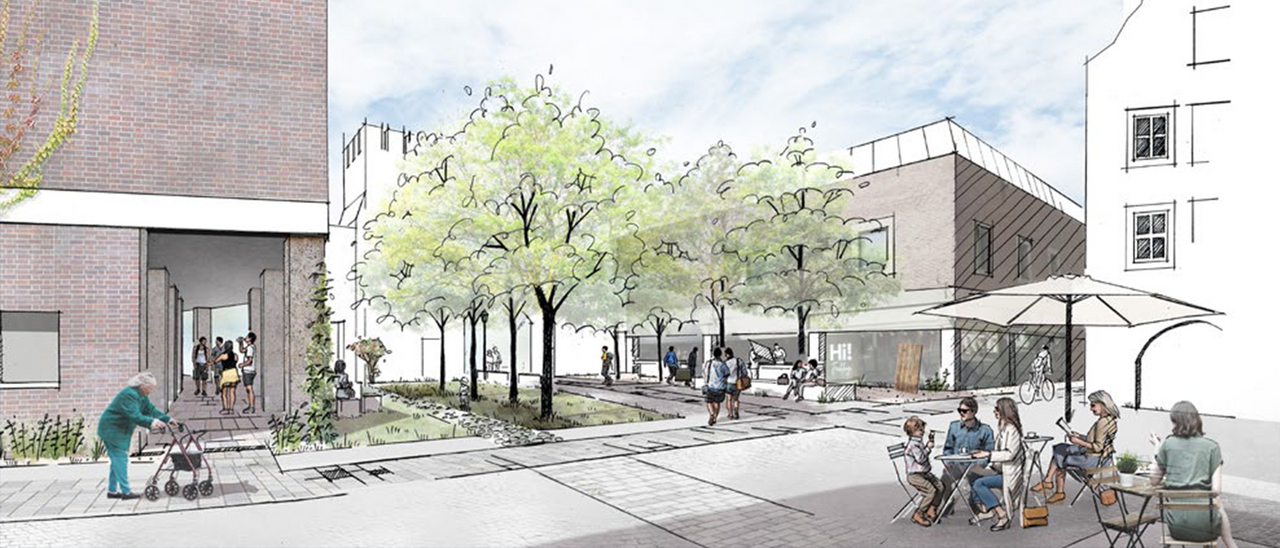The Death and Life of Small Bavarian Towns

Master's Thesis M.A. Landscape Architecture, Helen Heinz
Topic
In the course of various funding programs, numerous small and large Bavarian old towns have been redeveloped in recent decades. The central themes here have often been traffic calming, monument protection, barrier-free accessibility and a high-quality, „modern“ appearance with the aim of creating a positive external image for the town. However, extensive redevelopment and redesign often entails a greater or lesser loss of what many people perceive and value as particularly charming, appealing or idyllic about old towns: The variety, the unplanned, the flowering rose bush on the wall of the house, the little front steps to sit on, or the ivy-covered wall. The patchwork of past layers of time, which in some places has had decades and centuries to grow, disappears in exchange for a uniform, supposedly flawless design. In summary, it must thus be stated that the inner-city redevelopments carried out in recent decades, and still carried out today, often only partially meet the goals of upgrading and increasing the attractiveness of the urban space. The resulting spaces often appear sterile and smoothly polished, resembling each other. The identity of the places is lost, there is a lack of liveliness and diversity on various levels - social, cultural, aesthetic and ecological. This master‘s thesis will investigate whether the quality of old town spaces, which are perceived by people as particularly beautiful and good, is conditioned by certain recurring factors and elements. In this context, quality is to be understood as a harmony of aesthetic, ecological and social qualities. A better knowledge of the individual elements and factors can help to achieve a higher quality in these respects in future redevelopment measures. This paper sets out to identify the elements and factors that make up the quality of historically developed urban cores. To this end, the theoretical part of the paper first examines the prerequisites for livable and functional city centers on the basis of various sources, at the aesthetic, social and ecological levels. This is followed by an analysis in two parts: In part one, typical patchwork urban spatial situations are examined for the criteria previously developed in the theory part. In addition, recurring spatial elements are elaborated and examined in more detail. In the second part, typical urban spatial situations that have undergone redevelopment in the last 15 years are analyzed for comparison. The results are then summarized, and based on this, recommendations for future inner city redevelopments are developed. Subsequently, these are illustrated by means of a small design at the Ländtor in Landshut. The focus of the work is on small to medium-sized Bavarian cities in order to ensure a certain comparability. The aim is a detailed and differentiated consideration of the decisive factors, characteristic elements as well as the relevant changes and processes of the last decades.
Supervision
Prof. Regine Keller
A copy of the master's thesis can be viewed by arrangement at the chair and at the Weihenstephan library.